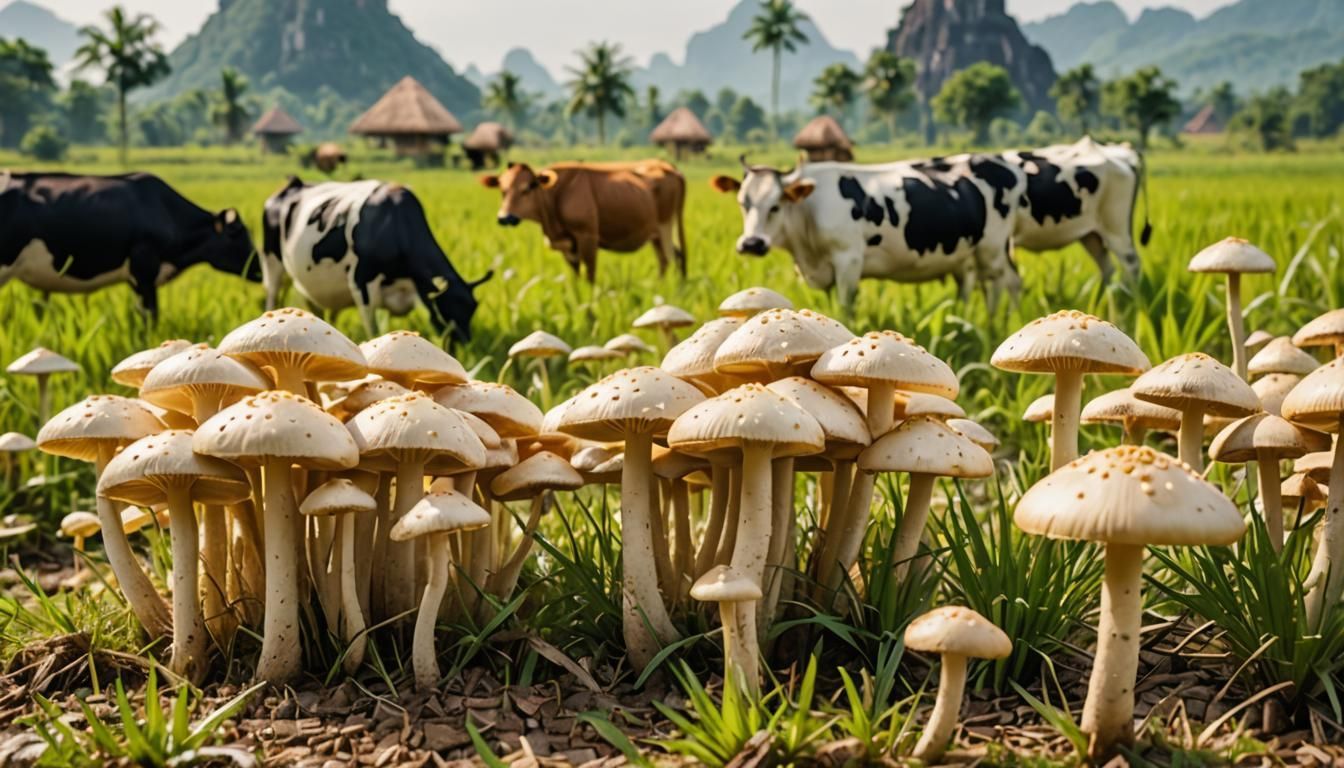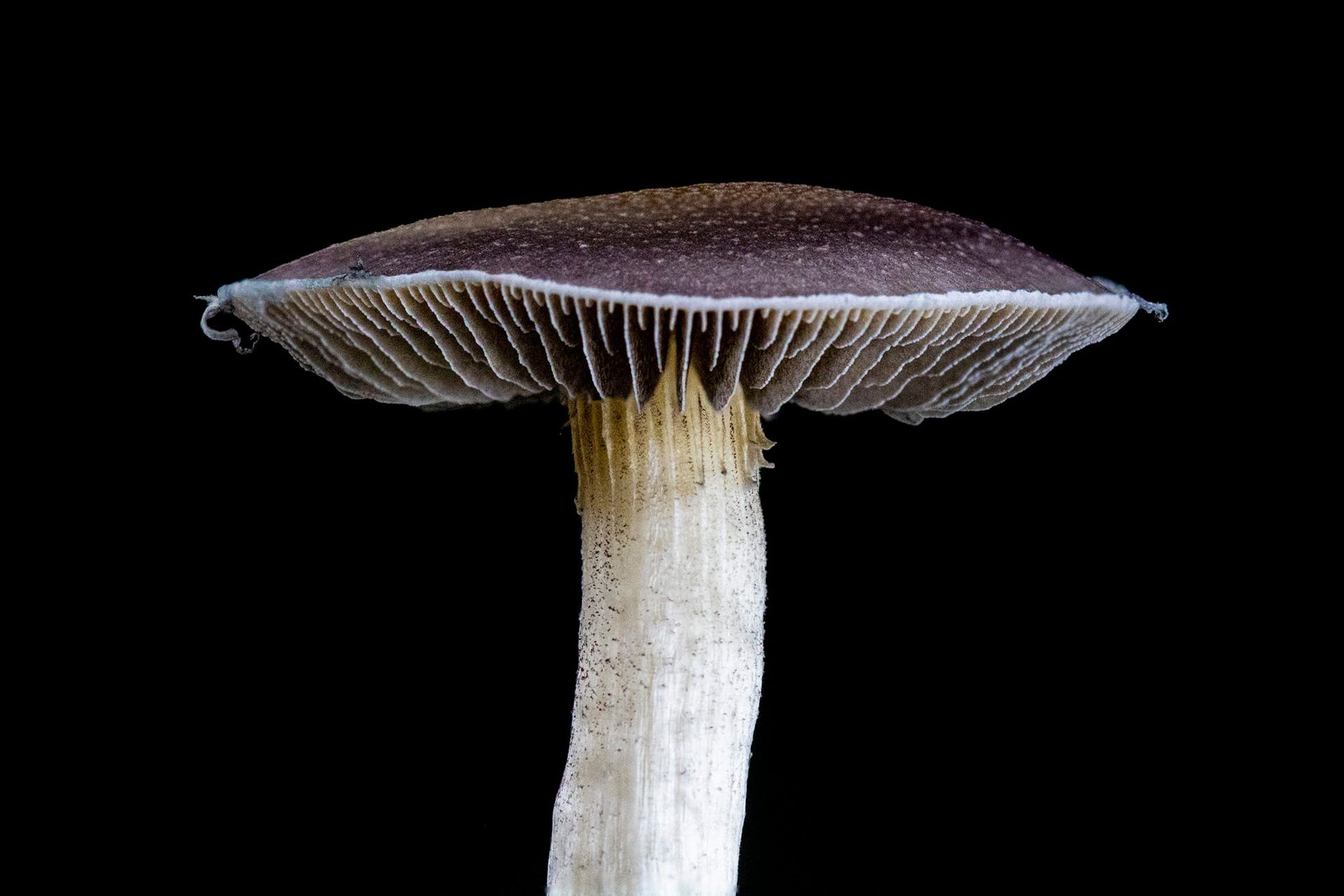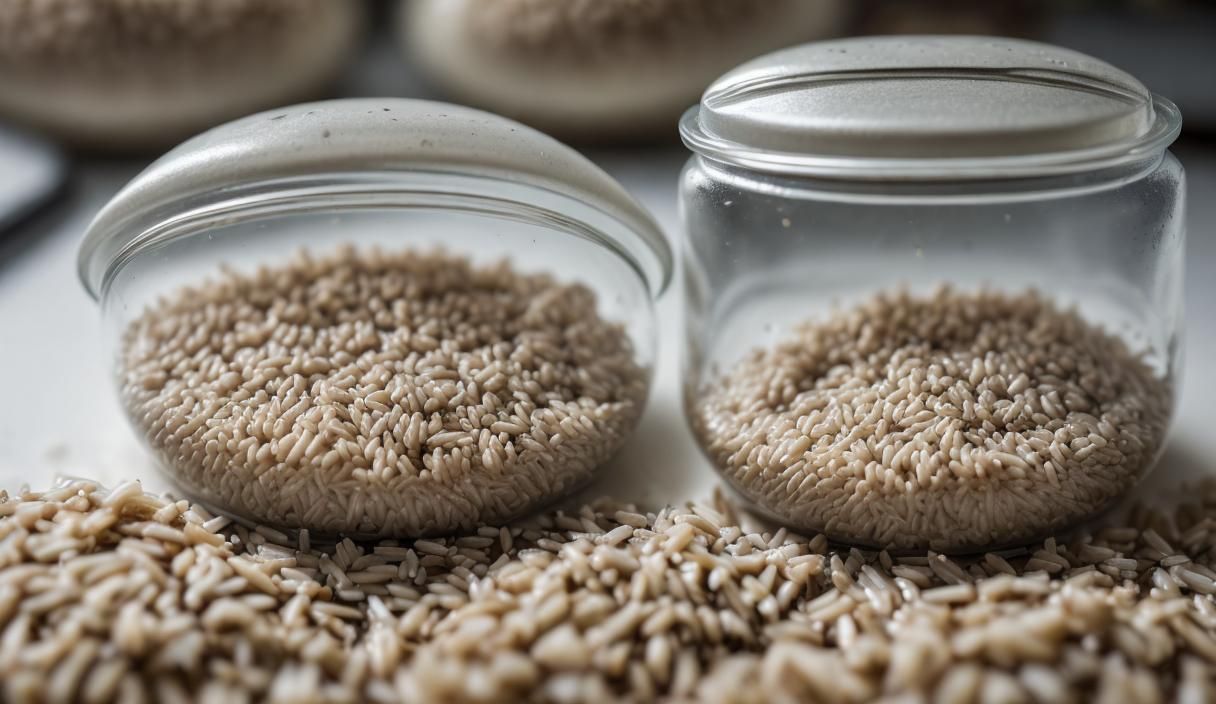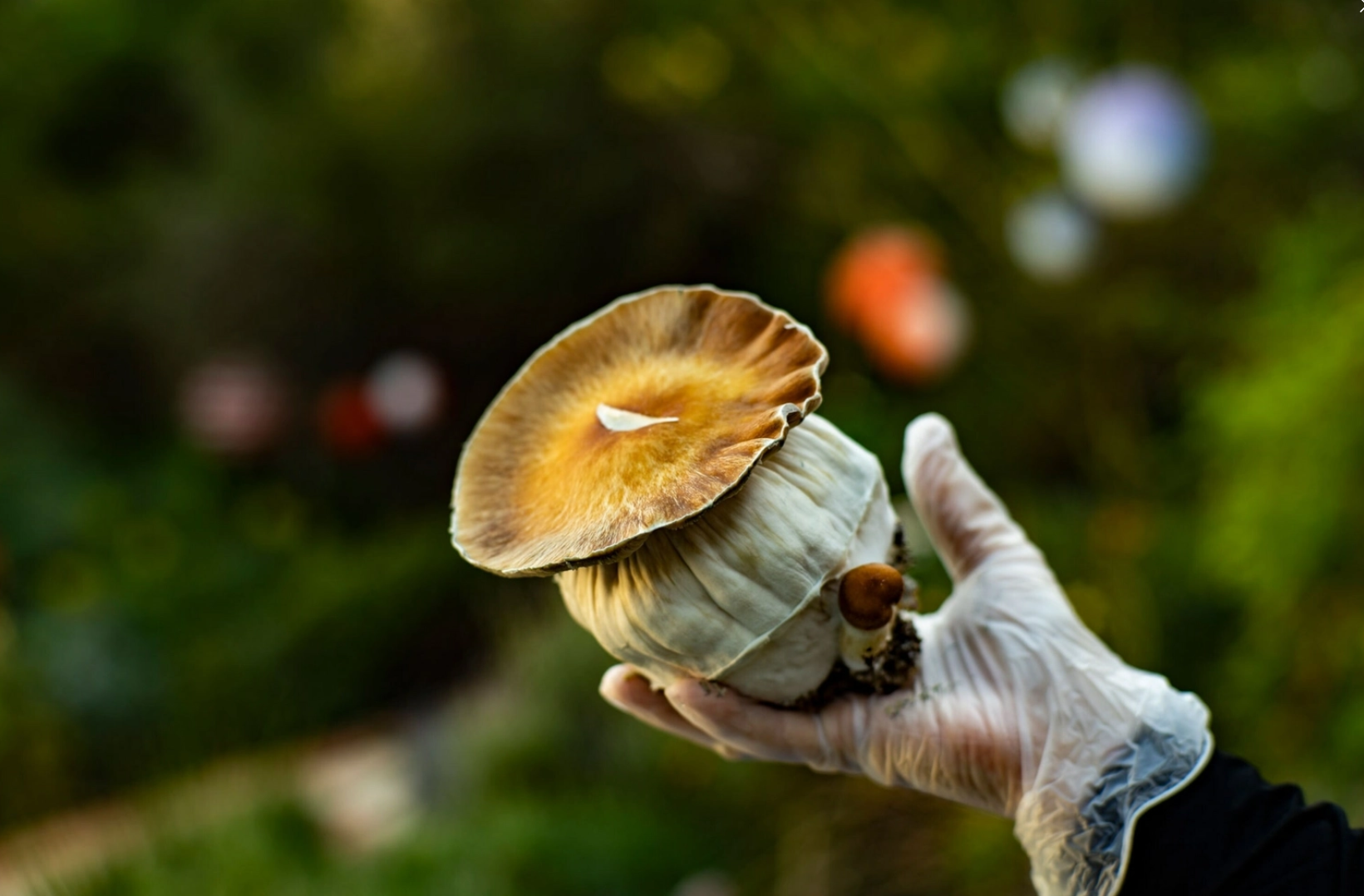From Colonized Grains to Fruitful Harvest: Growing Cubensis Mushrooms
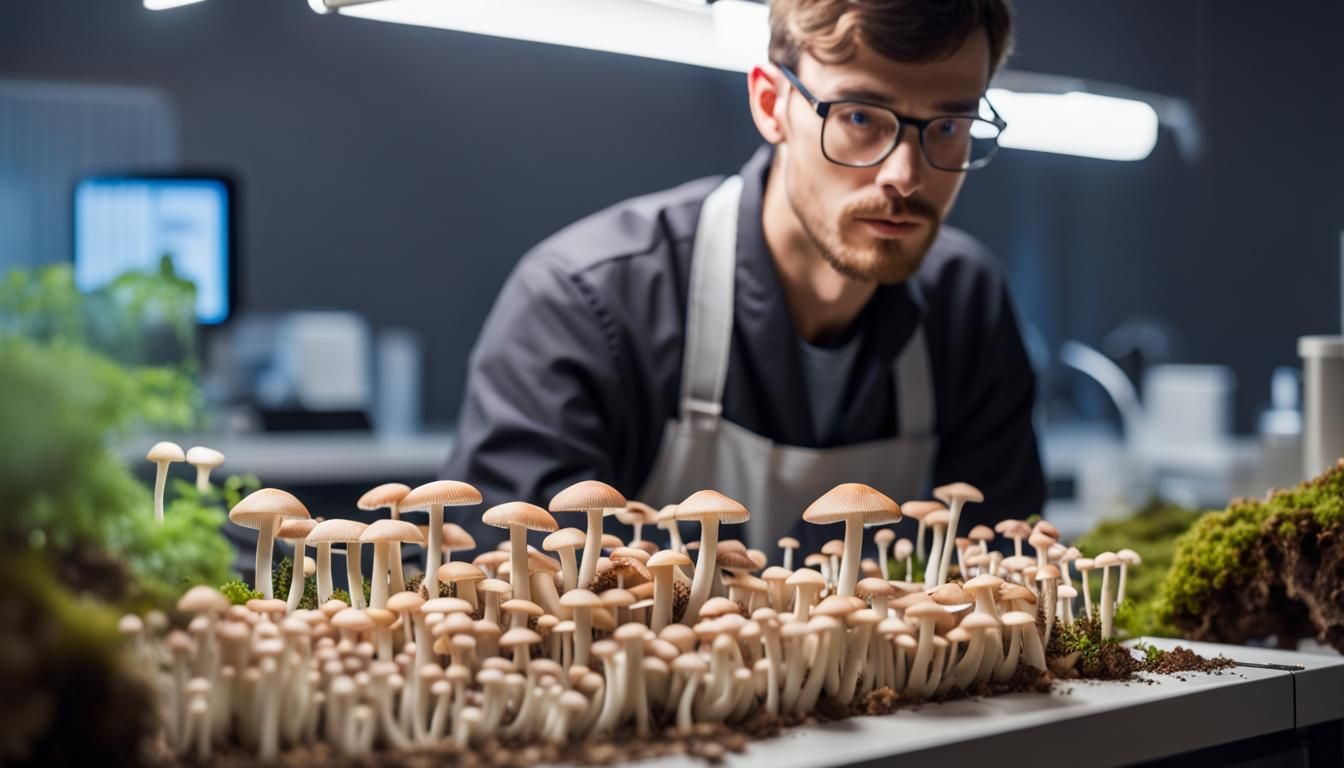
Upon successfully navigating the inoculation process, the resultant colonized grains become a potent spawn full of potential for growing cubensis mushrooms. The next step is to use this spawn to inoculate a bulk substrate. This process is critical as it determines the yield and health of your final mushroom crop.
Preparing the Spawn for Substrate Mixing
Before you begin, ensure that the cubensis spores have colonized the grains and are fully myceliated and show no signs of contamination. A fully colonized jar will be white and covered in mycelium. At this point, the mycelium has exhausted the nutrients in the grain and is ready for transfer to a bulk substrate.
Selecting a Bulk Substrate
A bulk substrate is a nutrient-rich material that the mycelium will grow through post-transfer. Popular choices for substrates include:
- Straw: Often pasteurized and used for larger operations.
- Coco Coir: A favorite among home growers due to its water retention and contamination resistance.
- Vermiculite: Frequently mixed with coco coir or used in casing layers.
- Manure: Best for more experienced growers, it requires proper pasteurization and preparation.
Popular Techniques (Teks)
Some of the popular teks for preparing and mixing spawn with substrate include:
- Monotub Tek: This involves mixing spawn with a substrate in a large, clear plastic tub with holes for ventilation.
- Pf Tek: More suited to small-scale cultivation, often using brown rice flour and vermiculite as substrates.
- Bulk Substrate Tek: Similar to the monotub but usually involves larger amounts and potentially different substrate components.
Mixing Spawn with Substrate
The process of combining spawn with substrate is delicate and must be performed with care to avoid contamination:
- Preparation: Begin by pasteurizing your chosen substrate to kill off any potential competitors to the mushroom mycelium. This usually involves soaking and heating the substrate to a specific temperature (140-160°F or 60-71°C) for an hour or two and then allowing it to cool to room temperature.
- Mixing: In a clean environment, mix the spawn with the pasteurized substrate at a ratio of 1:2 or 1:3, spawn to substrate by volume. Ensure that your hands and tools are clean or sterilized.
- Incubation: Once mixed, the spawn-substrate mixture is placed into its growing container. This could be a monotub, growing bag, or another vessel suitable for maintaining humidity and allowing gas exchange.
Growing in a Tub vs. Growing in a Bag
- Tubs: Offer greater surface area for mushroom growth and better conditions for managing humidity and temperature. Tubs require more setup but are often preferred for yielding larger harvests.
- Bags: Are more contained, reducing the risk of contamination and are easier to handle. However, they may produce smaller yields compared to tubs and can be less efficient for larger grows.
Incubation and Colonization of the Substrate
After mixing, place the growing container in an environment conducive to mycelium growth. The temperature should be kept consistent with the earlier incubation stage, although some growers find that a slight decrease in temperature can stimulate the mycelium to colonize the substrate faster. Keep the environment dark and avoid any direct light sources.
During this secondary colonization phase, which can take a week to several weeks depending on conditions, the mycelium will consume the nutrients in the substrate, eventually leading to mushroom formation. When the substrate is fully colonized, and you begin to see the primordia (early mushroom pins) forming, you’ll need to introduce fruiting conditions.
Conclusion
Using colonized grains as spawn to grow cubensis mushrooms is a rewarding experience that leads to the fruiting stage. The substrate choice, environment cleanliness, and attention to detail during the mixing phase are vital components of a successful grow. Each method or "tek" has its pros and cons, whether you choose a bag or a tub for your cultivation project. With patience and practice, you can turn your colonized grains into a thriving crop of magic mushrooms.
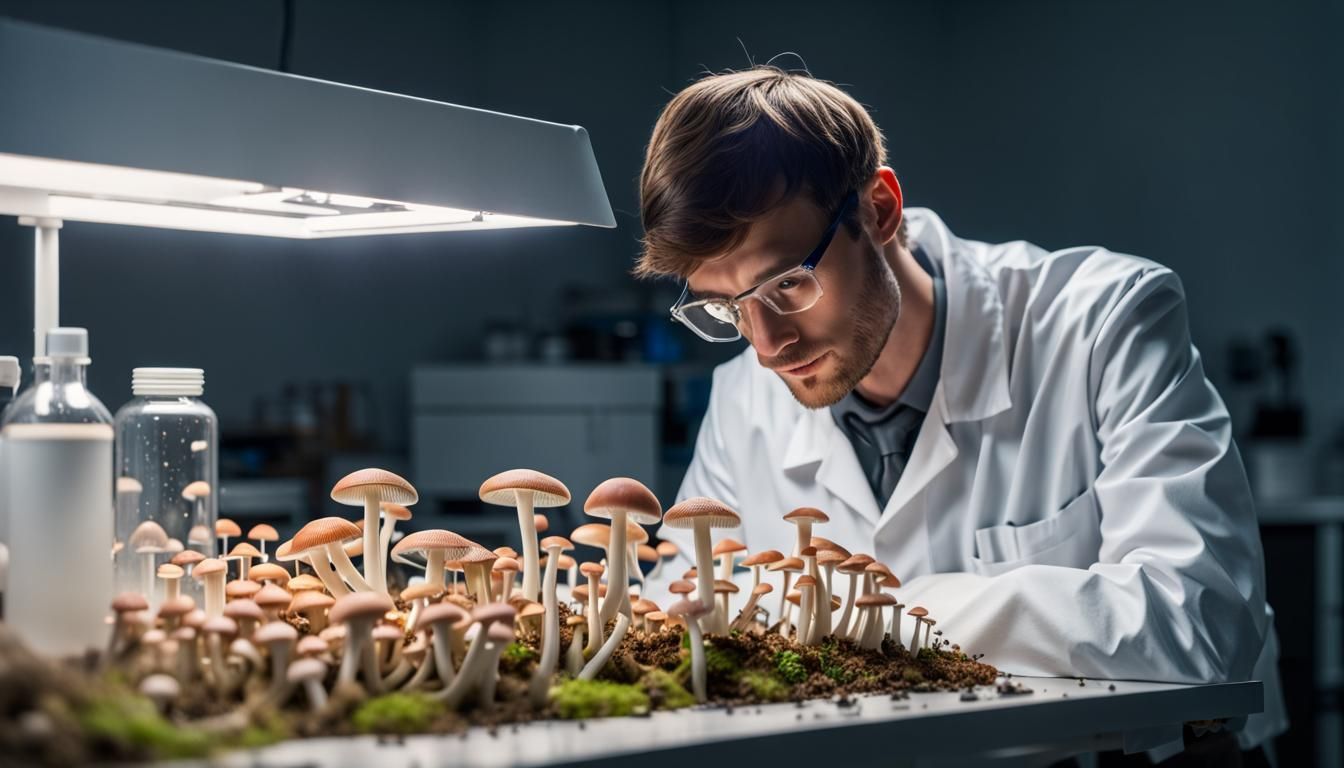
Mycoblog - Info and articles about the world of fungi

All Rights Reserved | Myco.ca

